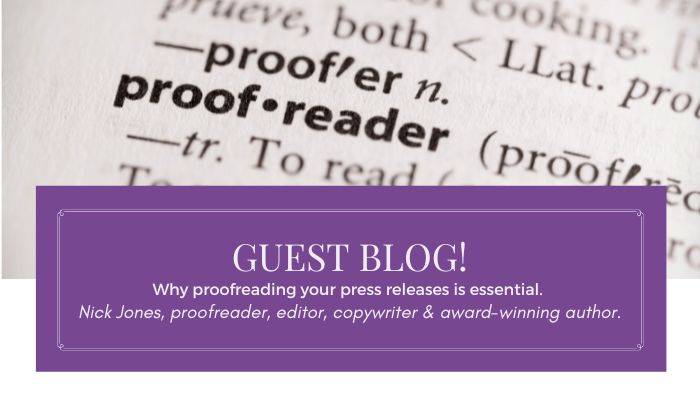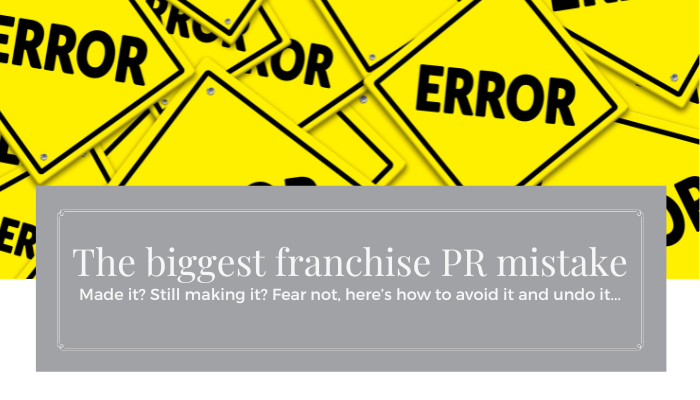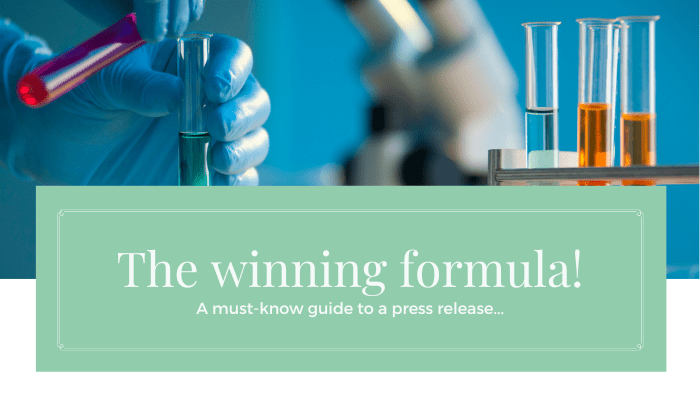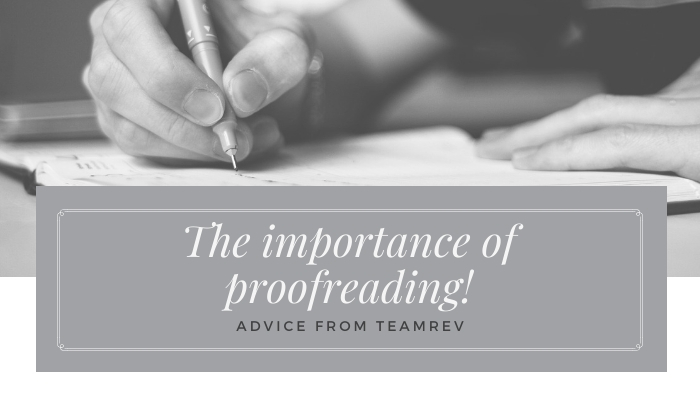Proofreading is so important to us at Team Rev. It’s just part of our daily quality control process and we couldn’t recommend it enough. When you’re producing content, whether it’s for website copy, a press release or your social media, it’s crucial to give it a once-over before it goes anywhere. It’s the final step in the process before we consider anything is ready for public consumption.
Why do we care so much about proofreading? Because if you can’t supply accurate copy, people will judge your brand. Journalists get annoyed because they have to fix your work or, even worse, they just copy and paste your words. The audience you wanted to reach read misspelled words or poorly written sentences and equate your sloppiness with your brand. Not a good start when you’re hoping to influence people to think well of you or buy from you.
Understanding proofreading
All too often, people treat editing and proofreading as one and the same. But did you know that there is a distinct difference? They have different purposes and occur at separate places in the process. Editing is the immediate task after finishing the first draft of text. It involves checking the context to ensure that ideas are expressed clearly and logically.
Proofreading, on the other hand, is a much more in-depth process that looks beyond the context in a critical way. Here’s some tips to make your proofreading process as efficient as possible:
- Find someone else to check the work. You know what you intended to write, so your brain won’t instantly pick up on any mistakes whether it’s word order or ‘an’ instead of ‘and’. By getting someone else to look at it, they’ll be able to spot something if it isn’t quite right.
- If there’s no one else to check it, give yourself a break. This will allow you to disconnect your mind from the content of the text in order to focus on the language and layout. Even if you take a break using your lunch hour: switch off, watch an episode of Bake Off and revisit your piece of copywriting with a fresh mind and eyes.
- Go through the text several times. It’s a good idea to go through your copy focusing on something specific each time. First look at spellings, then the grammar and then onto the sentences as a whole. It’s a great way of dissecting the text.
- Print it off. By doing this, you can disconnect the mind from the content on your computer screen. This helps you to view your copywriting in a new light. If you’re planning on making notes on the paper, use a different coloured pen so it’s clear where your corrections are.
Even the smallest error can result in embarrassing or even costly outcomes – misspelling a name, putting too many digits in a telephone number or broken links on an e-newsletter.
Time consuming or time saving?
If you’re against a deadline, it can be easy to skip over this last step but proofreading will save you time in the long run.
A journalist or reporter would much rather receive good quality content that is finessed than something rushed for a quick release. The less they need to edit your content, the more likely they’ll see you as a trustworthy source for the future. Whereas, if you’re providing copy for a graphic designer to create a brochure, your invoice will be cheaper if you don’t have to make edits due to errors on your original document.
And if that’s not enough to convince you that proofreading is essential, then mull over these fine words from Confucius, “A man who has committed a mistake and doesn’t correct it, is committing another mistake.”
Want to hear more from TeamRev? Follow us on LinkedIn, Twitter or Instagram.






